Curricula
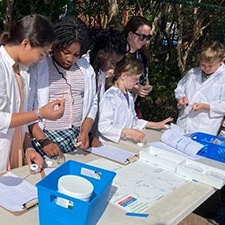
Shared Waters: Making a Positive Impact on Our Local Watershed
Help your students understand watershed concepts and positively impact their local environment with the free standards-aligned Shared Waters curriculum. The 10-lesson curriculum, designed for students in grades 3 through 6, is classroom-tested. It incorporates many Stroud Water Research Center resources, including the WikiWatershed Toolkit, Leaf Pack Network, Model My Watershed, and Runoff Simulation.
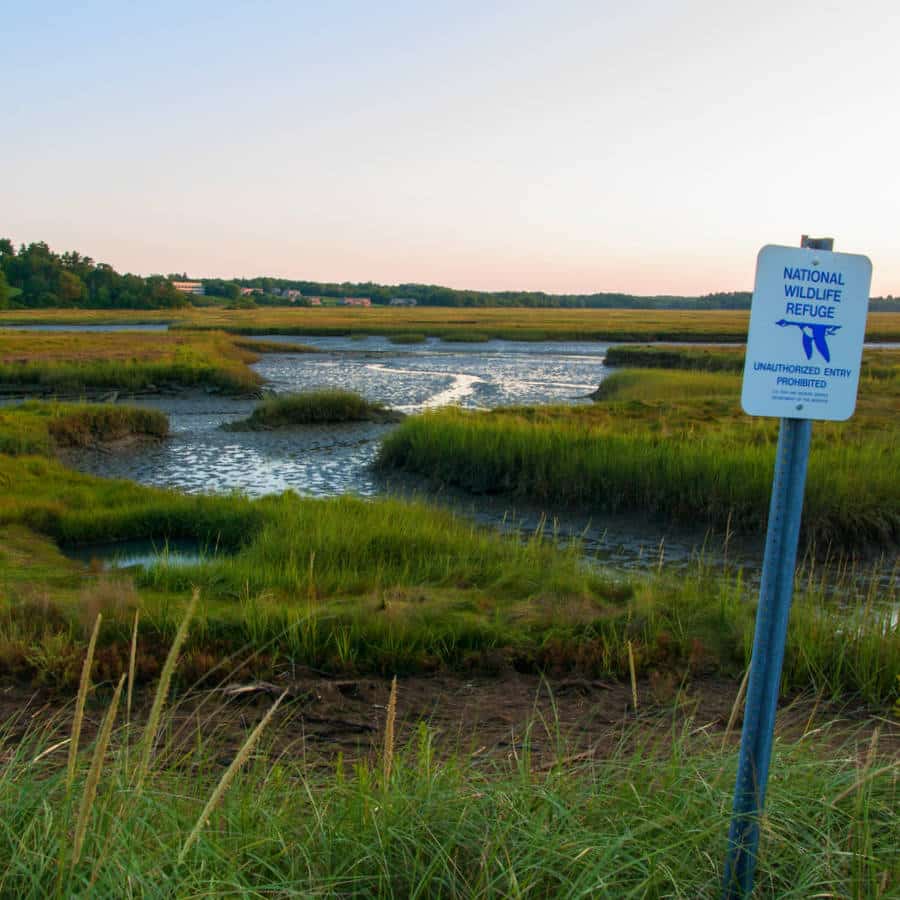
Tidal Wetlands in the Face of Climate Change: High School Lessons
How do coastal wetlands respond to rising sea levels? Will they survive the ocean’s accelerating rise along our coastlines? How can we know? What can we do to conserve these important ecosystems? With a group of experienced teachers and curriculum developers, Stroud Center educators have developed high school curricula to engage your students in this fascinating and complicated real-world problem!
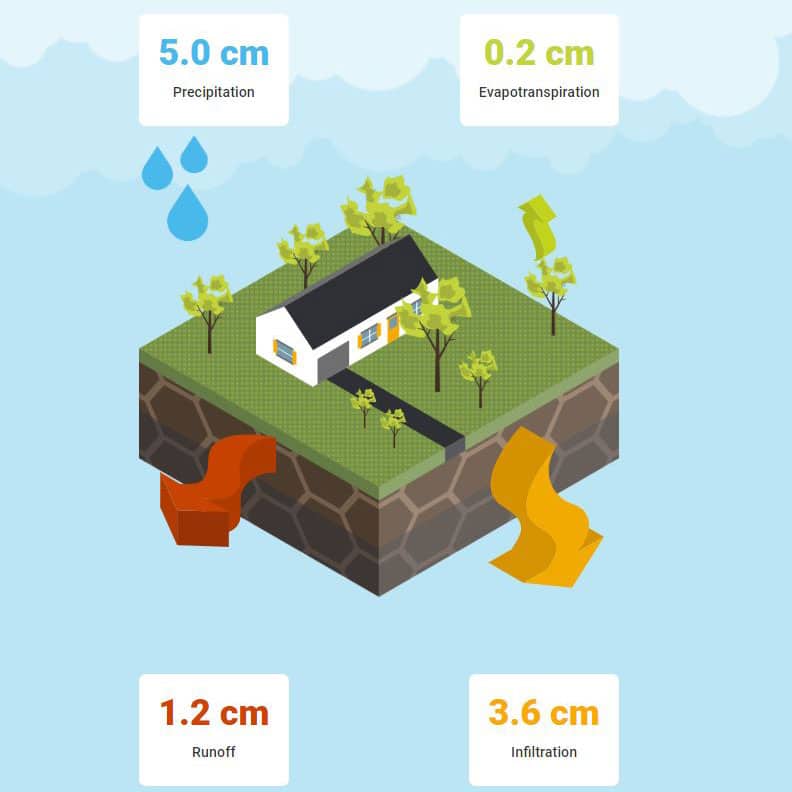
Watershed Awareness Using Technology and Environmental Research for Sustainability (WATERS)
Stroud Water Research Center has created a free watershed science curriculum that uses Universal Design for Learning to maximize learning outcomes. The 10-lesson middle school unit is student-centered, place-based, and accessible to those of varying abilities. The WATERS curriculum engages students in a variety of activities, including:
- Identifying issues in their local watershed.
- Conducting a schoolyard assessment to understand the impact on the watershed.
- Learning about conservation practices that can mitigate runoff and erosion issues.
- Completing a stream study (onsite or remote).
- Modeling improvements to their schoolyard using Model My Watershed®.
- Working in teams to create action plans that could make a difference in the health of their watershed and community.
Educators can access the online learning portal to preview the free 10-lesson unit and sign up for a free teacher account. The portal allows educators to create student accounts and logins, manage class rosters, assign lessons, monitor student progress, and provide valuable feedback.
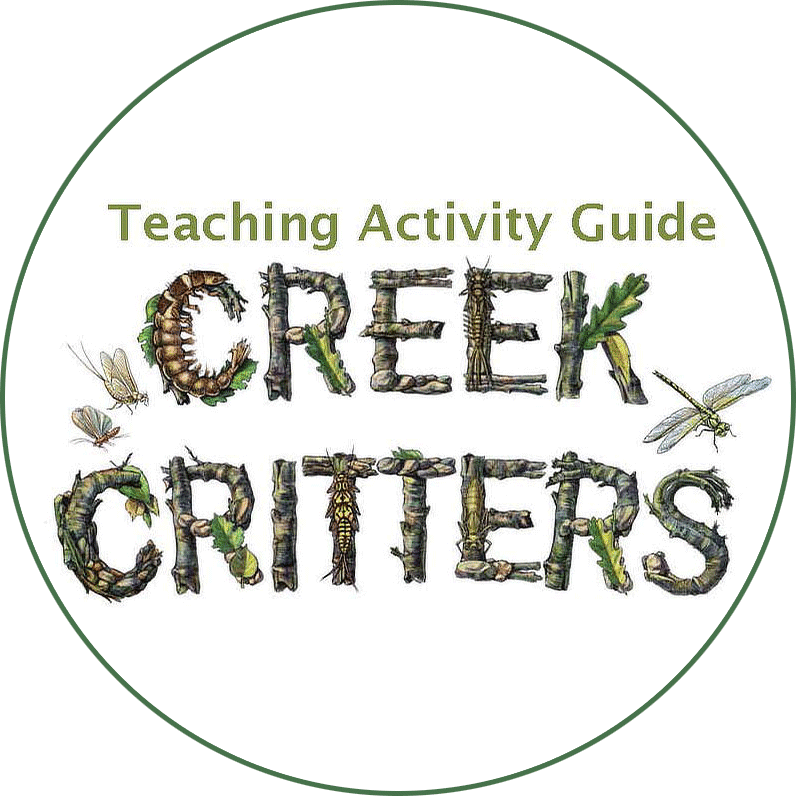
Creek Critters Picturebook Printables
Ages 7-11. The book is available in Spanish and English.
Read Creek Critters to discover how stream bugs are the storytellers of our streams. Enrich your storytime with these printable resources:
- For Creative Minds: This educational section at the back of each Creek Critters book can be downloaded in Spanish and English. Includes a scavenger hunt, scientific field notebook, life cycle matching activity, and aquatic macroinvertebrate sensitivity chart.
- Teaching Activity Guide: This 19-page supplement to Creek Critters includes important curricular extensions in Spanish and English for educators, teachers, homeschools, and parents and caregivers. It includes pre-reading questions, reading comprehension activities, vocabulary, and more!
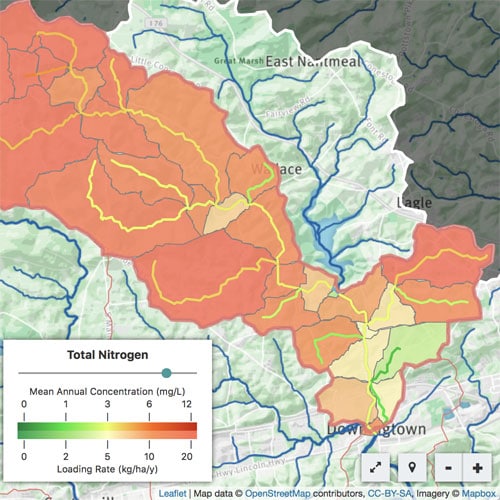
Model My Watershed
Model My Watershed is a web app that allows users to analyze real geo-data, model storms, and compare conservation or development scenarios in a watershed. Visit the WikiWatershed® website for middle and high school curricula using the Model My Water Site Storm Model and Runoff Simulation.
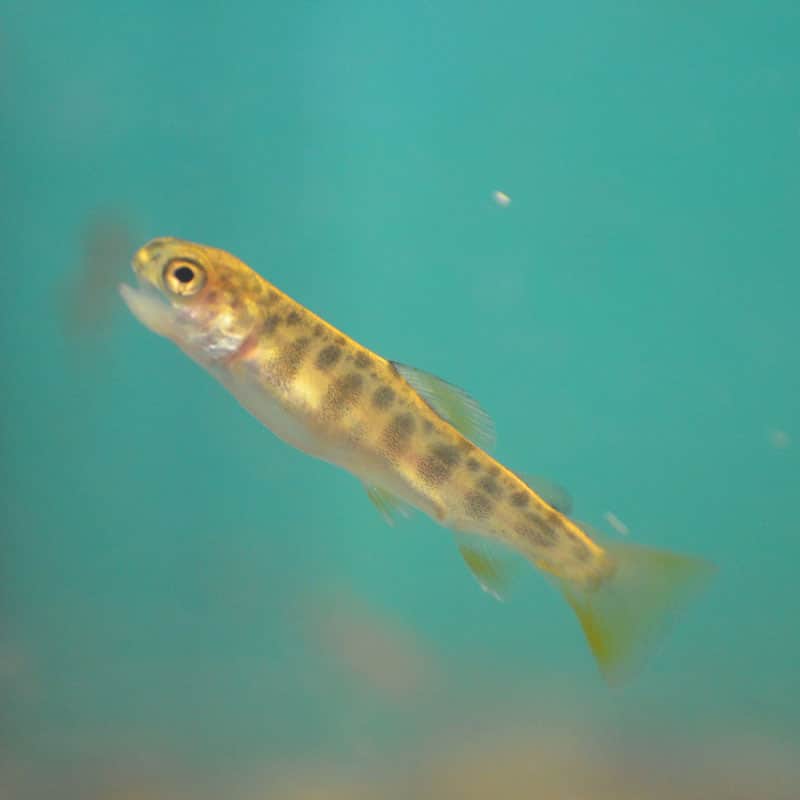
Trout Grow on Trees
Trout Grow on Trees is an integrated set of activities designed to educate children of all ages on the important interconnections of healthy forests, healthy streams, and healthy trout populations. Trout Grow on Trees activities easily complement ongoing Trout in the Classroom programs, tree planting activities, and macroinvertebrate monitoring, or can stand alone.
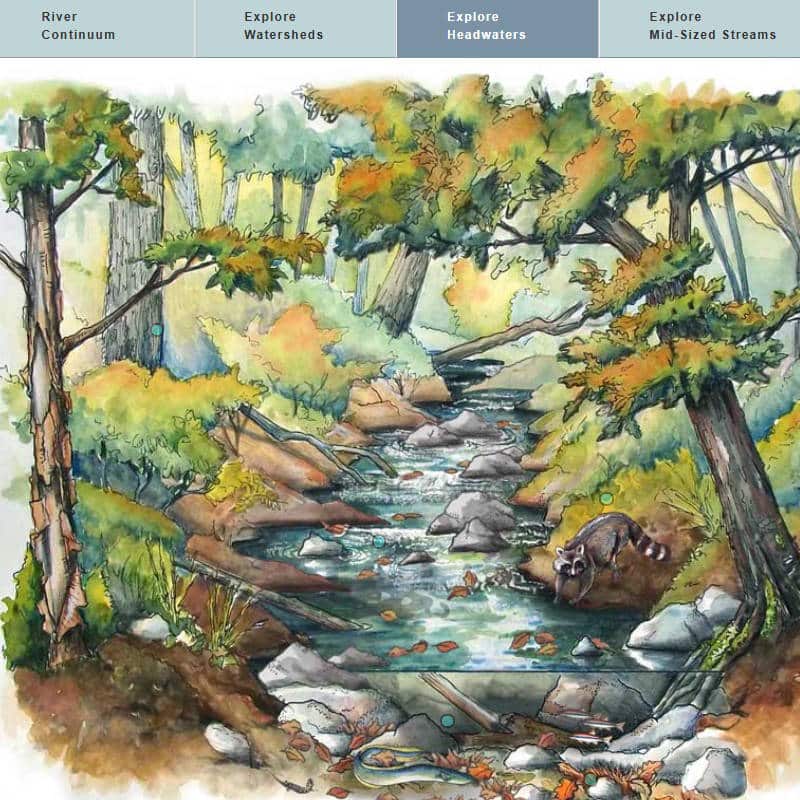
Navigate a Watershed
Explore the River Continuum Concept by learning how the physical and biological systems within watersheds work together to create a continuum of resilient, interconnected ecosystems. Move from watershed to river basin to cross sections of headwaters, streams, and rivers for a look at the inner world of surface water using the tabs below the image. Click on the blinking dots for more information. Discussion questions and follow-up activities are available from KQED Science.
Life in a Pond Instructional Unit
Curriculum developed at Stroud Water Research Center by William Anderson of Unionville High School, supported by a grant from the National Science Foundation’s Research Experience for Teachers program.
Cork Laboratory
Curriculum developed at the Stroud Center by Tim Liggett of Conestoga High School, supported by a grant from the National Science Foundation’s Research Experience for Teachers program.
Download the curriculum:
- Transport of Macroscopic Particles Methods
- Discussion Questions
- Student Worksheet
- Sample Calculations
Stream Hydrology
Curriculum developed at the Stroud Center by Tim Liggett of Conestoga High School, supported by a grant from the National Science Foundation’s Research Experience for Teachers program.
Download the curriculum:
